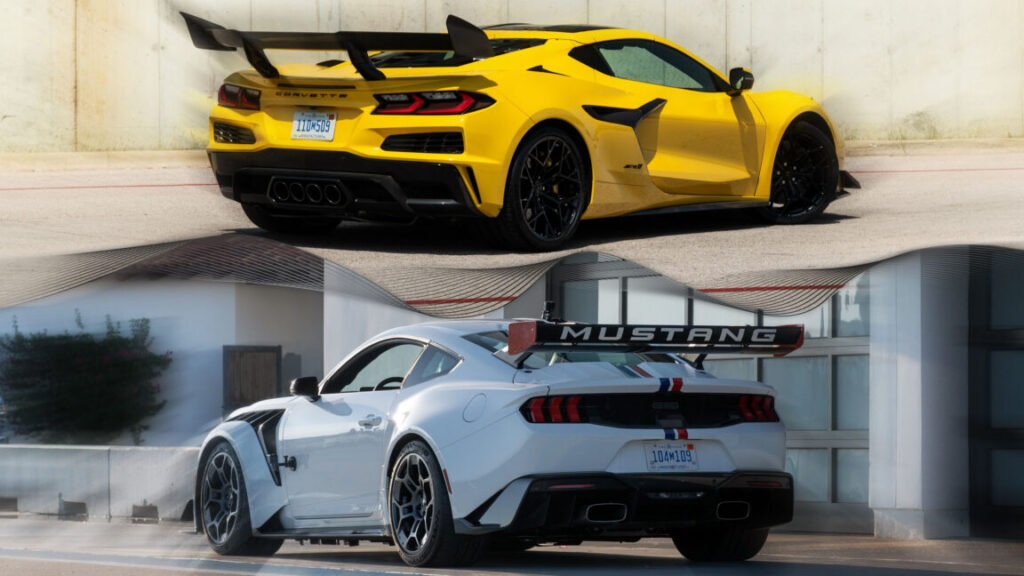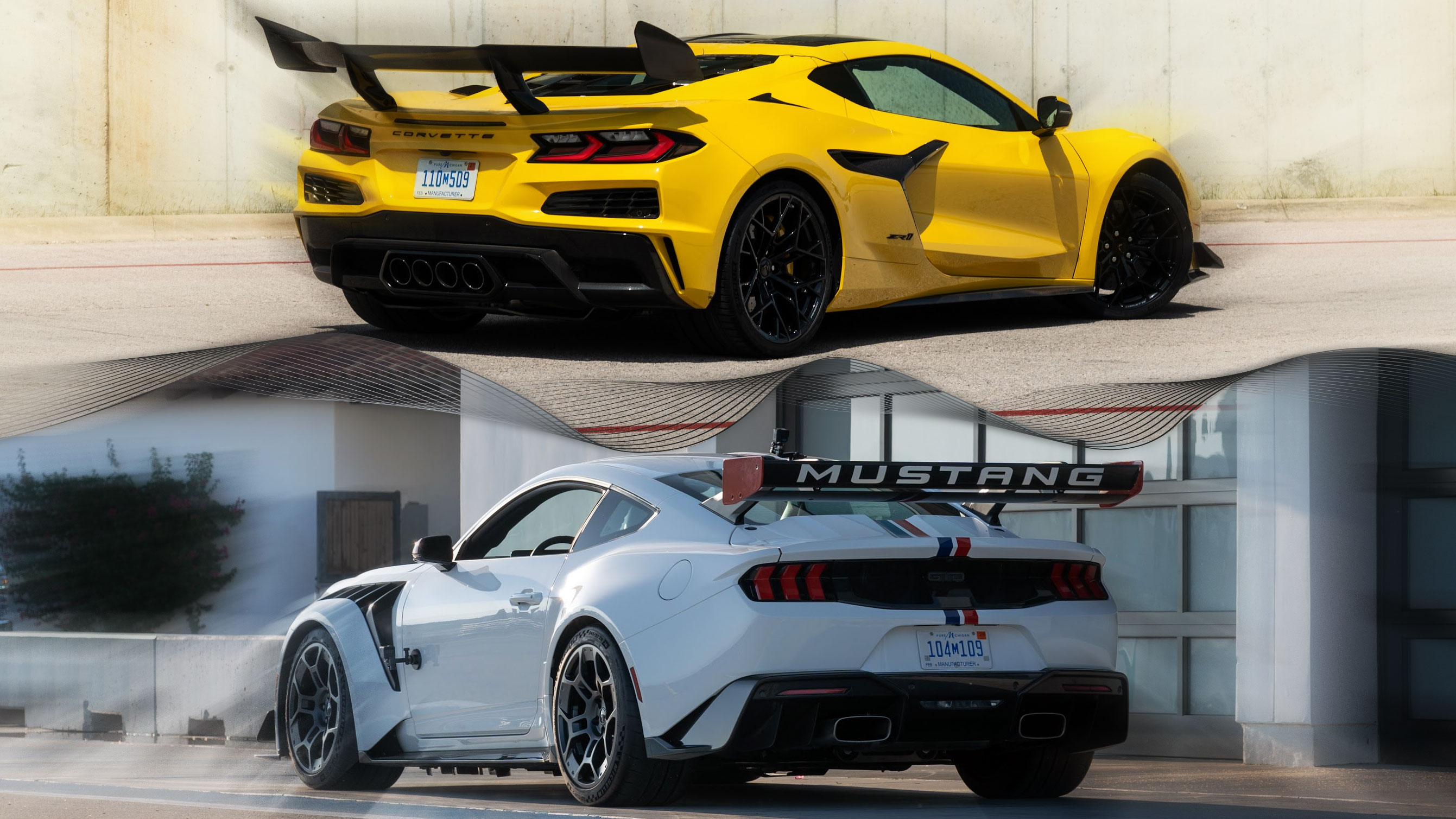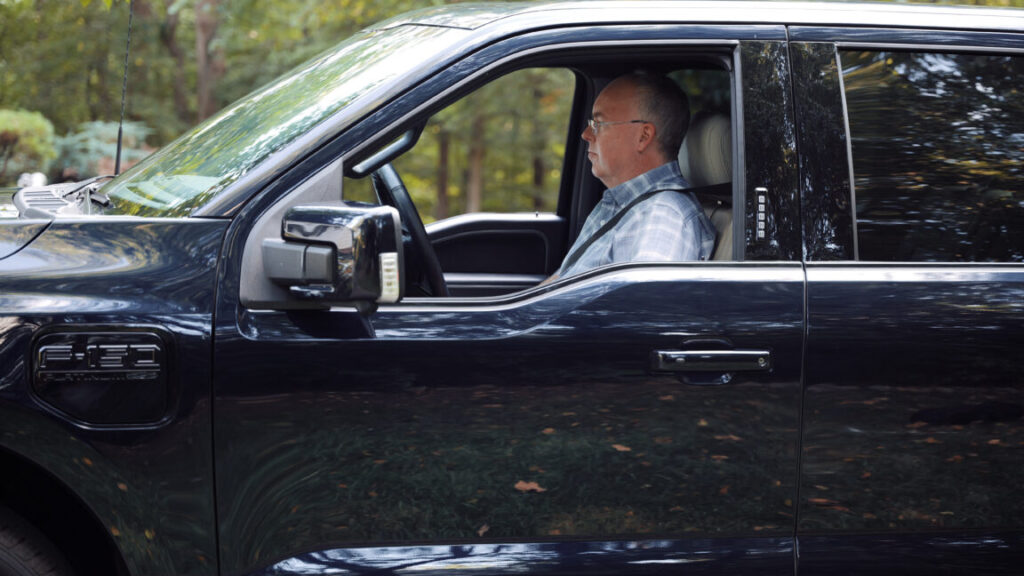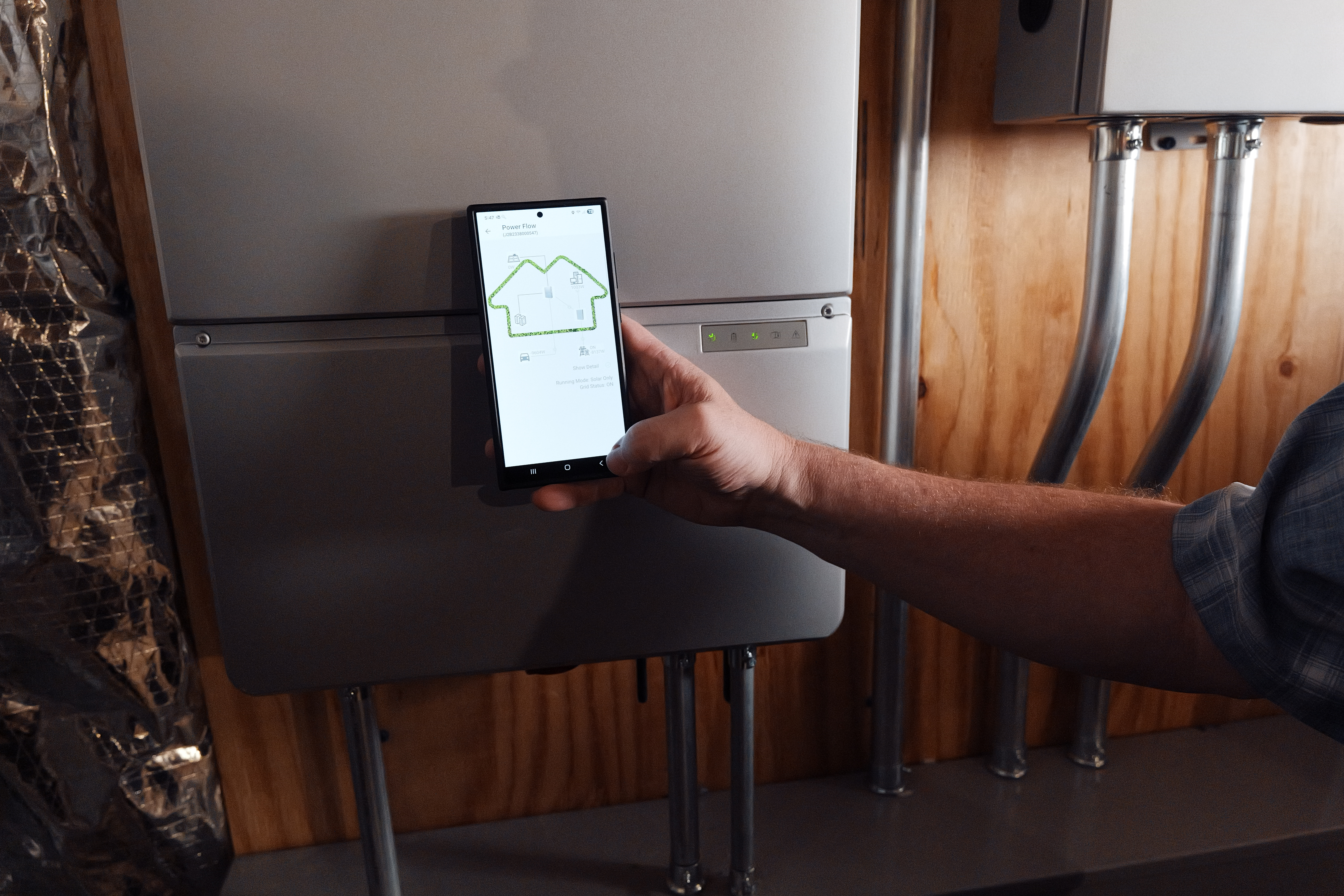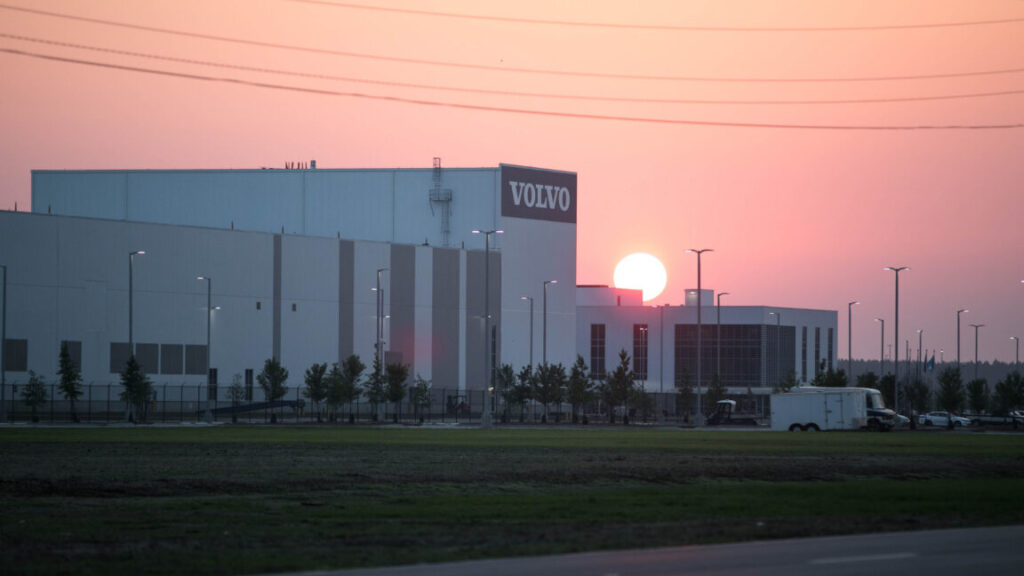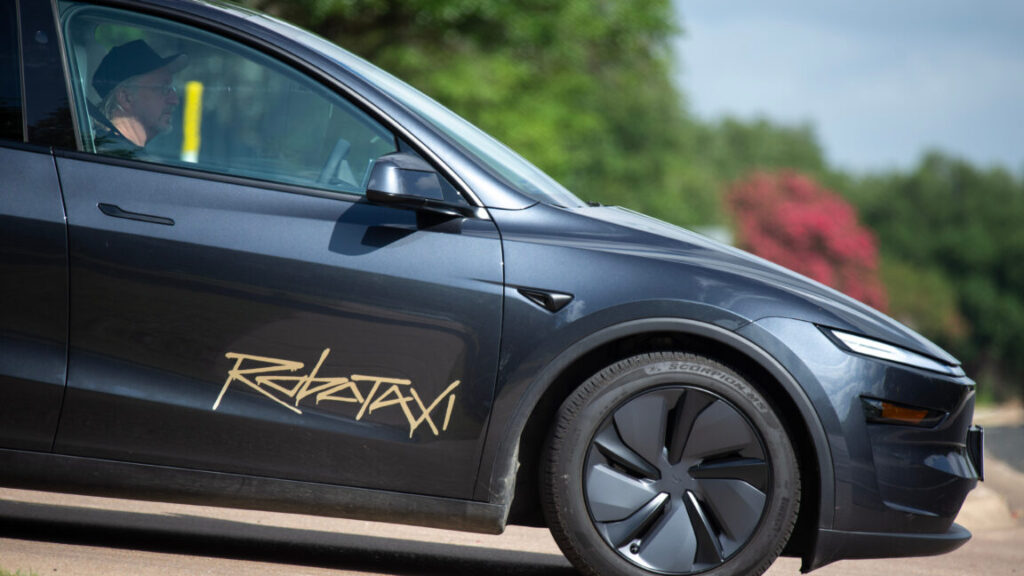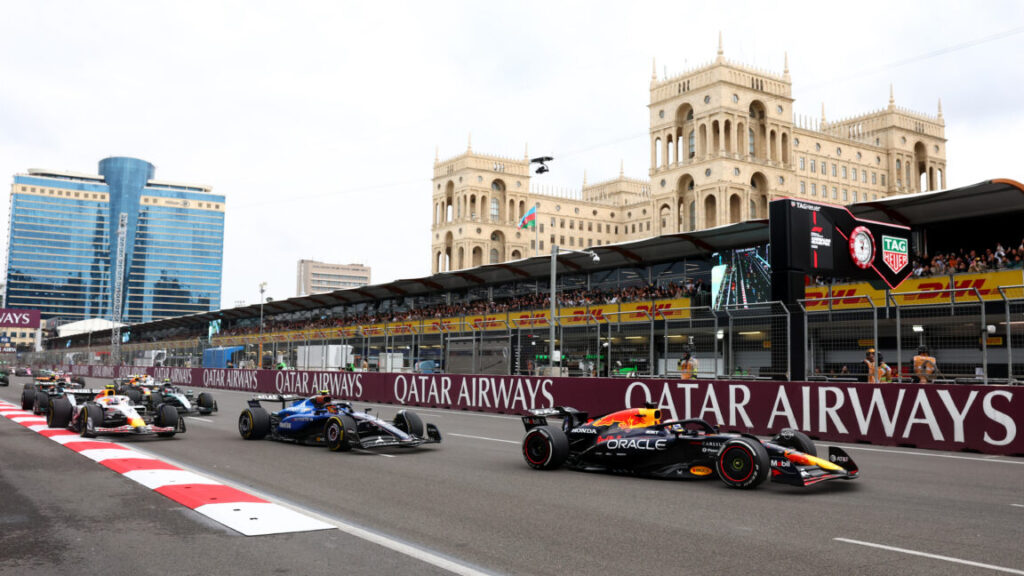ZR1, GTD, and America’s new Nürburgring war
There’s a racetrack with a funny name in Germany that, in the eyes of many international enthusiasts, is the de facto benchmark for automotive performance. But the Nürburgring, a 13-mile (20 km) track often called the Green Hell, rarely hits the radar of mainstream US performance aficionados. That’s because American car companies rarely take the time to run cars there, and if they do, it’s in secrecy, to test pre-production machines cloaked in camouflage without publishing official times.
The track’s domestic profile has lately been on the rise, though. Late last year, Ford became the first American manufacturer to run a sub-7-minute lap: 6: 57.685 from its ultra-high-performance Mustang GTD. It then did better, announcing a 6: 52.072 lap time in May. Two months later, Chevrolet set a 6: 49.275 lap time with the hybrid Corvette ZR1X, becoming the new fastest American car around that track.
It’s a vehicular war of escalation, but it’s about much more than bragging rights.
The Green Hell as a must-visit for manufacturers
The Nürburgring is a delightfully twisted stretch of purpose-built asphalt and concrete strewn across the hills of western Germany. It dates back to the 1920s and has hosted the German Grand Prix for a half-century before it was finally deemed too unsafe in the late 1970s.
It’s still a motorsports mecca, with sports car racing events like the 24 Hours of the Nürburgring drawing hundreds of thousands of spectators, but today, it’s better known as the ultimate automotive performance proving ground.
It offers an unmatched variety of high-speed corners, elevation changes, and differing surfaces that challenge the best engineers in the world. “If you can develop a car that goes fast on the Nürburgring, it’s going to be fast everywhere in the whole world,” said Brian Wallace, the Corvette ZR1’s vehicle dynamics engineer and the driver who set that car’s fast lap of 6: 50.763.
“When you’re going after Nürburgring lap time, everything in the car has to be ten tenths,” said Greg Goodall, Ford’s chief program engineer for the Mustang GTD. “You can’t just use something that is OK or decent.”
Thankfully, neither of these cars is merely decent.
Mustang, deconstructed
You know the scene in Robocop where a schematic displays how little of Alex Murphy’s body remains inside that armor? Just enough of Peter Weller’s iconic jawline remains to identify the man, but the focus is clearly on the machine.
That’s a bit like how Multimatic creates the GTD, which retains just enough Mustang shape to look familiar, but little else.
Multimatic, which builds the wild Ford GT and also helms many of Ford’s motorsports efforts, starts with partially assembled Mustangs pulled from the assembly line, minus fenders, hood, and roof. Then the company guts what’s left in the middle.
Ford’s partner Multimatic cut as much of the existing road car chassis as it could for the GTD. Tim Stevens
“They cut out the second row seat area where our suspension is,” Ford’s Goodall said. “They cut out the rear floor in the trunk area because we put a flat plate on there to mount the transaxle to it. And then they cut the rear body side off and replace that with a wide-body carbon-fiber bit.”
A transaxle is simply a fun name for a rear-mounted transmission—in this case, an eight-speed dual-clutch unit mounted on the rear axle to help balance the car’s weight.
The GTD needs as much help as it can get to offset the heft of the 5.2-liter supercharged V8 up front. It gets a full set of carbon-fiber bodywork, too, but the resulting package still weighs over 4,300 lbs (1,950 kg).
With 815 hp (608 kW) and 664 lb-ft (900 Nm) of torque, it’s the most powerful road-going Mustang of all time, and it received other upgrades to match, including carbon-ceramic brake discs at the corners and the wing to end all wings slung off the back. It’s not only big; it’s smart, featuring a Formula One-style drag-reduction system.
At higher speeds, the wing’s element flips up, enabling a 202 mph (325 km/h) top speed. No surprise, that makes this the fastest factory Mustang ever. At a $325,000 starting price, it had better be, but when it comes to the maximum-velocity stakes, the Chevrolet is in another league.
More Corvette
You lose the frunk but gain cooling and downforce. Tim Stevens
On paper, when it comes to outright speed and value, the Chevrolet Corvette ZR1 seems to offer far more bang for what is still a significant number of bucks. To be specific, the ZR1 starts at about $175,000, which gets you a 1,064 hp (793 kW) car that will do 233 mph (375 km/h) if you point it down a road long enough.
Where the GTD is a thorough reimagining of what a Mustang can be, the ZR1 sticks closer to the Corvette script, offering more power, more aerodynamics, and more braking without any dramatic internal reconfiguration. That’s because it was all part of the car’s original mission plan, GM’s Brian Wallace told me.
“We knew we were going to build this car,” he said, “knowing it had the backbone to double the horsepower, put 20 percent more grip in the car, and oodles of aero.”
At the center of it all is a 5.5-liter twin-turbocharged V8. You can get a big wing here, too, but it isn’t active like the GTD’s.
Chevrolet engineers bolstered the internal structure at the back of the car to handle the extra downforce at the rear. Up front, the frunk is replaced by a duct through the hood, providing yet more grip to balance things. Big wheels, sticky tires, and carbon-ceramic brakes round out a package that looks a little less radical on the outside than the Mustang and substantially less retooled on the inside, but clearly no less capable.
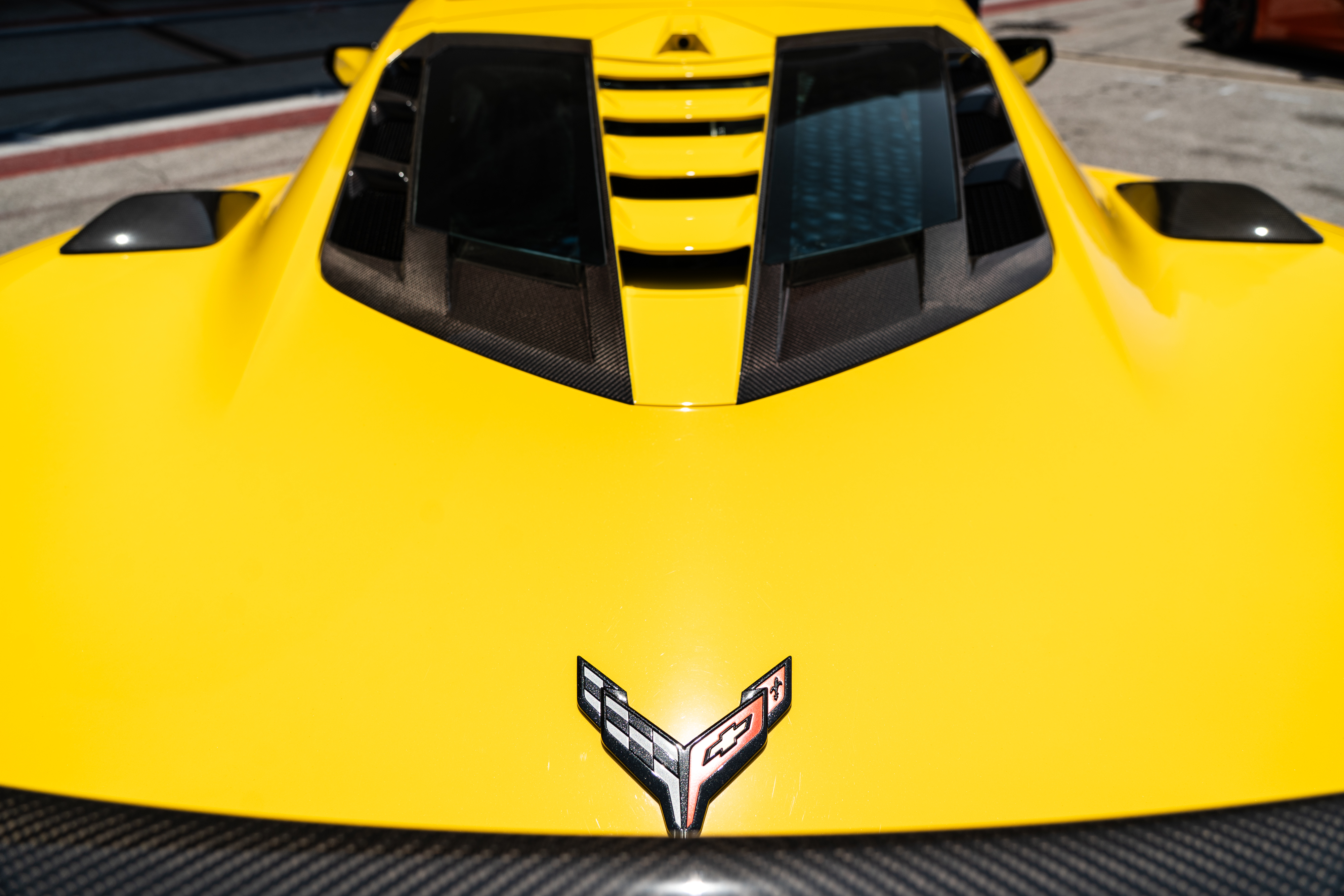
A pair of turbochargers lurk behind that rear window. Credit: Tim Stevens
And if that’s not enough, Chevrolet has the 1,250 hp (932 kW), $208,000 ZR1X on offer, which adds the Corvette E-Ray’s hybrid system into the mix. That package does add more weight, but the result is still a roughly 4,000-lb (1,814 kg) car, hundreds less than the Ford.
’Ring battles
Ford and Chevy’s battle at the ‘ring blew up this summer, but both brands have tested there for years. Chevrolet has even set official lap times in the past, including the previous-generation Corvette Z06’s 7: 22.68 in 2012. Despite that, a fast lap time was not in the initial plan for the new ZR1 and ZR1X. Drew Cattell, ZR1X vehicle dynamics engineer and the driver of that 6: 49.275 lap, told me it “wasn’t an overriding priority” for the new Corvette.
But after developing the cars there so extensively, they decided to give it a go. “Seeing what the cars could do, it felt like the right time. That we had something we were proud of and we could really deliver with,” he said.
Ford, meanwhile, had never set an official lap time at the ‘ring, but it was part of the GTD’s raison d’être: “That was always a goal: to go under seven minutes. And some of it was to be the first American car ever to do it,” Ford’s Goodall said.
That required extracting every bit of performance, necessitating a last-minute change during final testing. In May of 2024, after the car’s design had been finalized by everyone up the chain of command at Ford, the test team in Germany determined the GTD needed a little more front grip.
To fix it, Steve Thompson, a dynamic technical specialist at Ford, designed a prototype aerodynamic extension to the vents in the hood. “It was 3D-printed, duct taped,” Goodall said. That design was refined and wound up on the production car, boosting frontal downforce on the GTD without adding drag.
Chevrolet’s development process relied not only on engineers in Germany but also on work in the US. “The team back home will keep on poring over the data while we go to sleep, because of the time difference,” Cattell said, “and then they’ll have something in our inbox the next morning to try out.”
When it was time for the Corvette’s record-setting runs, there wasn’t much left to change, just a few minor setup tweaks. “Maybe a millimeter or two,” Wallace said, “all within factory alignment settings.”
A few months later, it was my turn.
Behind the wheel
No, I wasn’t able to run either of these cars at the Nürburgring, but I was lucky enough to spend one day with both the GTD and the ZR1. First was the Corvette at one of America’s greatest racing venues: the Circuit of the Americas, a 3.5-mile track and host of the Formula One United States Grand Prix since 2012.
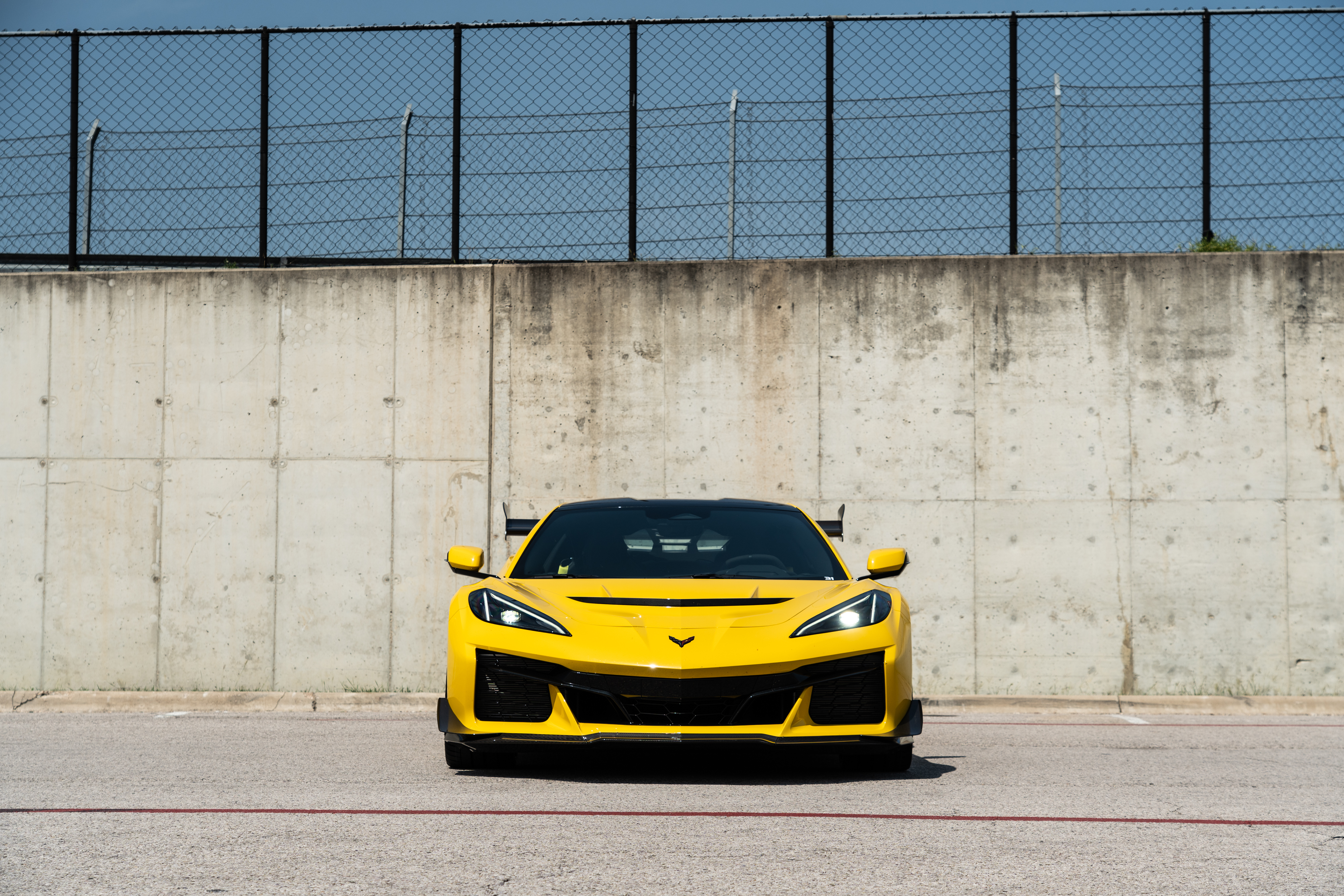
How does 180 mph on the back straight at the Circuit of the Americas sound? Credit: Tim Stevens
I’ve been lucky to spend a lot of time in various Corvettes over the years, but none with performance like this. I was expecting a borderline terrifying experience, but I couldn’t have been more wrong. Despite its outrageous speed and acceleration, the ZR1 really is still a Corvette.
On just my second lap behind the wheel of the ZR1, I was doing 180 mph down the back straight and running a lap time close to the record set by a $1 million McLaren Senna a few years before. The Corvette is outrageously fast—and frankly exhausting to drive thanks to the monumental G forces—but it’s more encouraging than intimidating.
The GTD was more of a commitment. I sampled one at The Thermal Club near Palm Springs, California, a less auspicious but more technical track with tighter turns and closer walls separating them. That always amps up the pressure a bit, but the challenging layout of the track really forced me to focus on extracting the most out of the Mustang at low and high speeds.
The GTD has a few tricks up its sleeve to help with that, including an advanced multi-height suspension that drops it by about 1.5 inches (4 cm) at the touch of a button, optimizing the aerodynamic performance and lowering the roll height of the car.
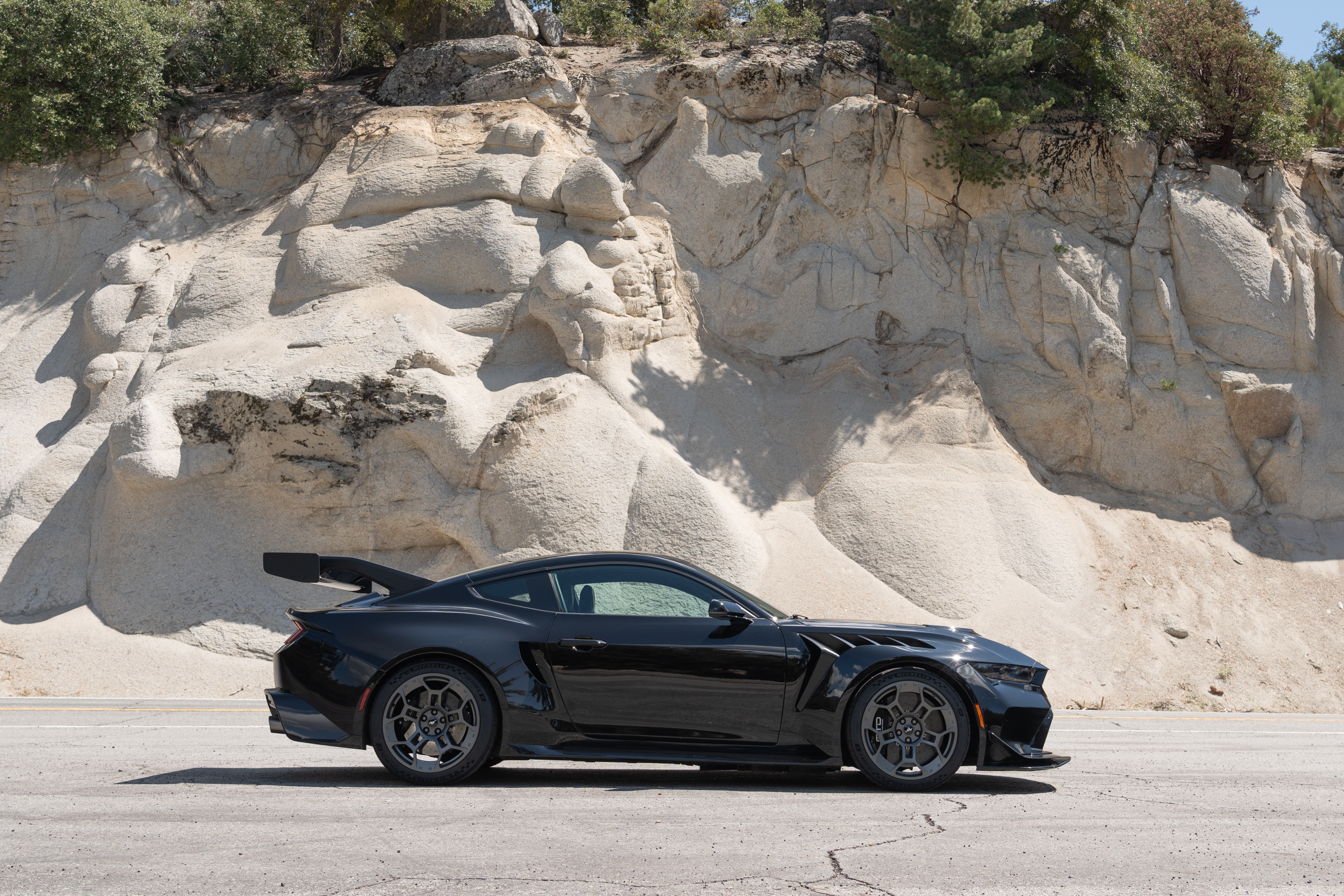
Heavier and less powerful than the Corvette, the Mustang GTD has astonishing levels of cornering grip. Credit: Tim Stevens
While road-going Mustangs typically focus on big power in a straight line, the GTD’s real skill is astonishing grip and handling. Remember, the GTD is only a few seconds slower on the ‘ring than the ZR1, despite weighing somewhere around 400 pounds (181 kg) more and having nearly 200 fewer hp (149 kw).
The biggest difference in feel between the two, though, is how they accelerate. The ZR1’s twin-turbocharged V8 delivers big power when you dip in the throttle and then just keeps piling on more and more as the revs increase. The supercharged V8 in the Mustang, on the other hand, is more like an instantaneous kick in the posterior. It’s ferocious.
Healthy competition
The ZR1 is brutally fast, yes, but it’s still remarkably composed, and it feels every bit as usable and refined as any of the other flavors of modern Corvette. The GTD, on the other hand, is a completely different breed than the base Mustang, every bit the purpose-built racer you’d expect from a race shop like Multimatic.
Chevrolet did the ZR1 and ZR1X development in-house. Cattell said that is a huge point of pride for the team. So, too, is setting those ZR1 and ZR1X lap times using General Motors’ development engineers. Ford turned to a pro race driver for its laps.
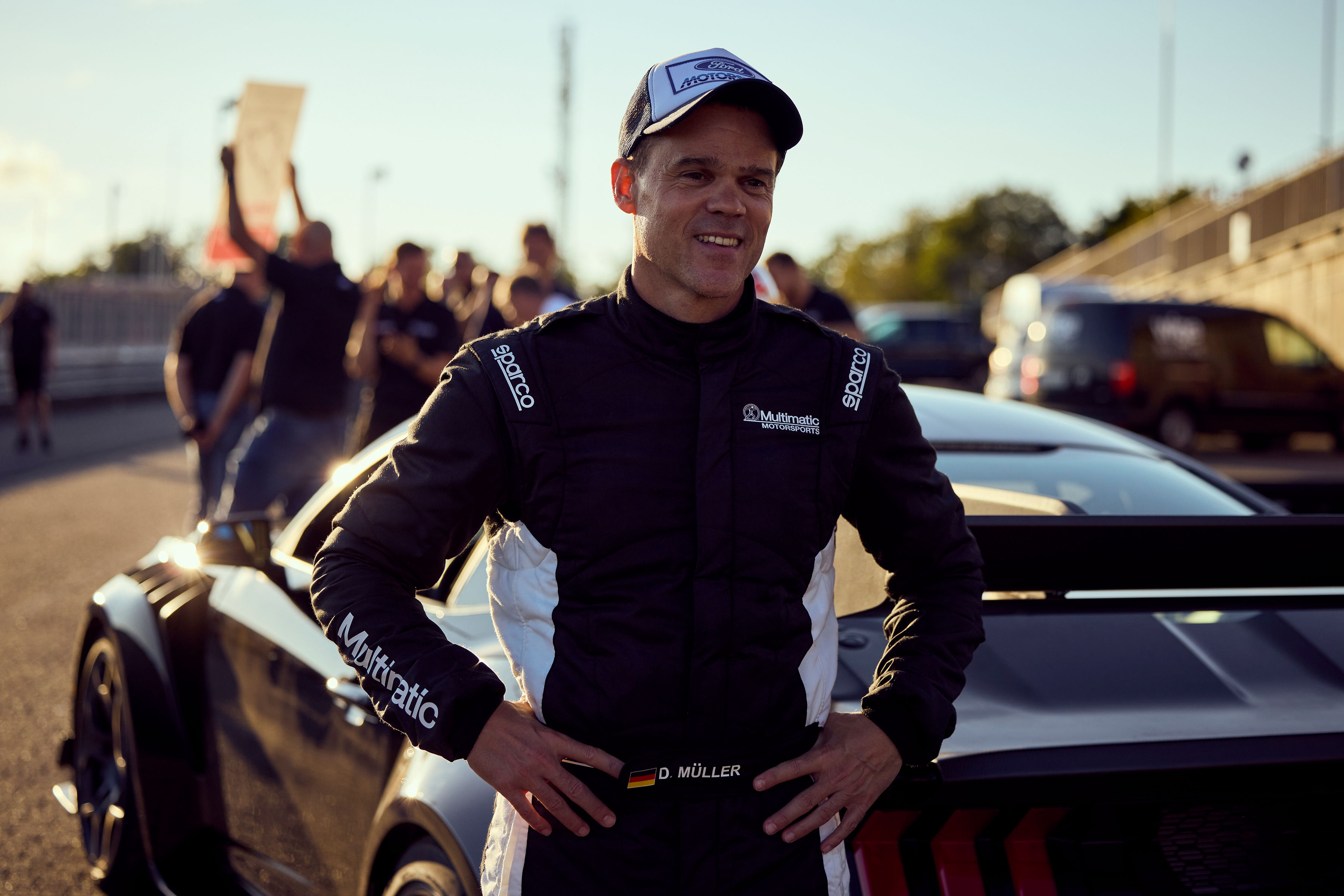
Ford factory racing driver Dirk Muller was responsible for setting the GTD’s time at the ‘ring. Credit: Giles Jenkyn Photography LTD/Ford
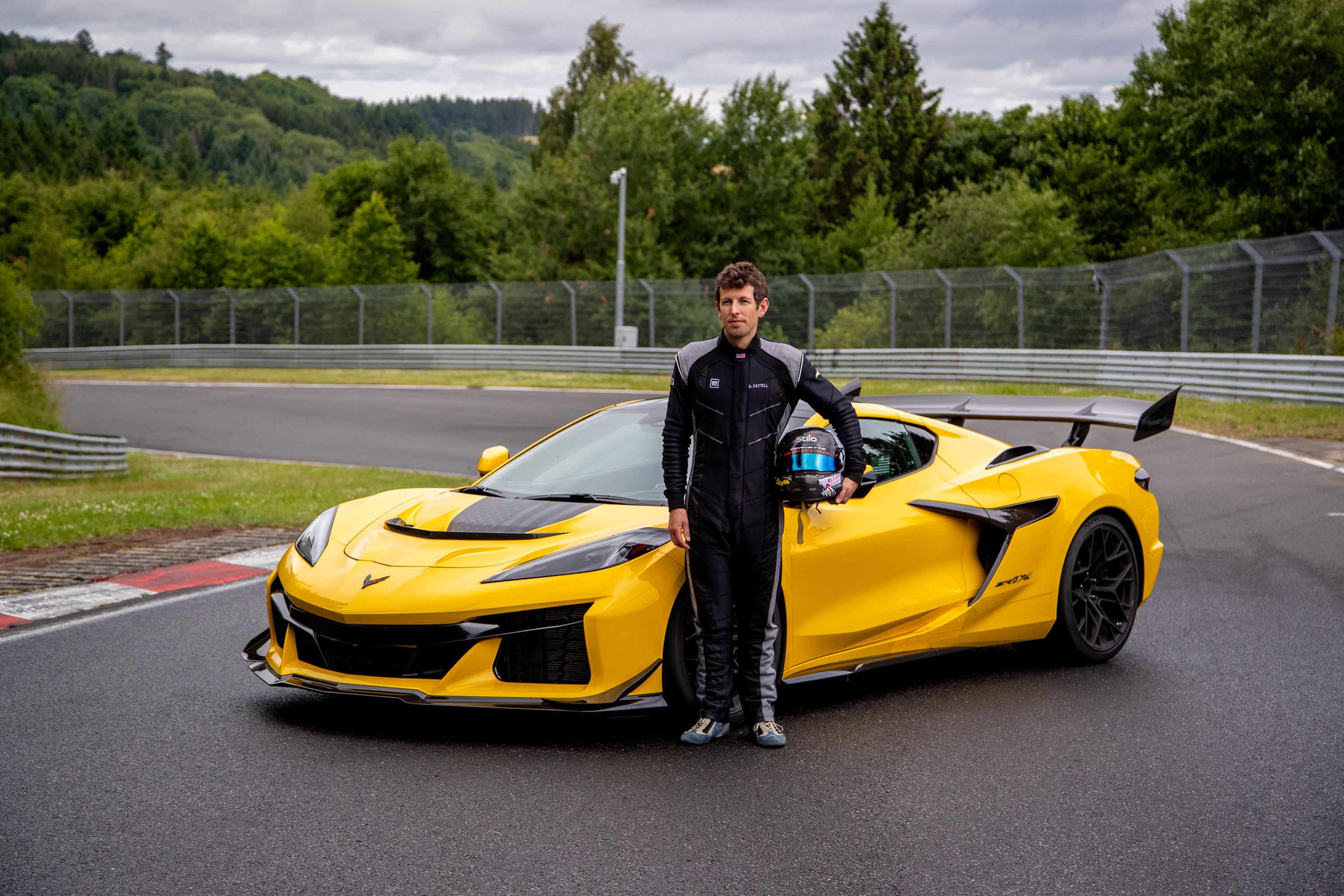
GM vehicle dynamics engineer Drew Cattell set the ZR1X’s Nordschleife time. Credit: Chevrolet
That, though, was as close to a barb as I could get out of any engineer on either side of this new Nürburgring. Both teams were extremely complimentary of each other.
“We’re pretty proud of that record. And I don’t say this in a snarky way, but we were first, and you can’t ever take away first,” Ford’s Goodall said. “Congratulations to them. We know better than anybody how hard of an accomplishment or how big of an accomplishment it is and how much effort goes into it.”
But he quickly added that Ford isn’t done. “You’re not a racer if you’re just going to take that lying down. So it took us approximately 30 seconds to align that we were ready to go back and do something about it,” he said.
In other words, this Nürburgring war is just beginning.
ZR1, GTD, and America’s new Nürburgring war Read More »
